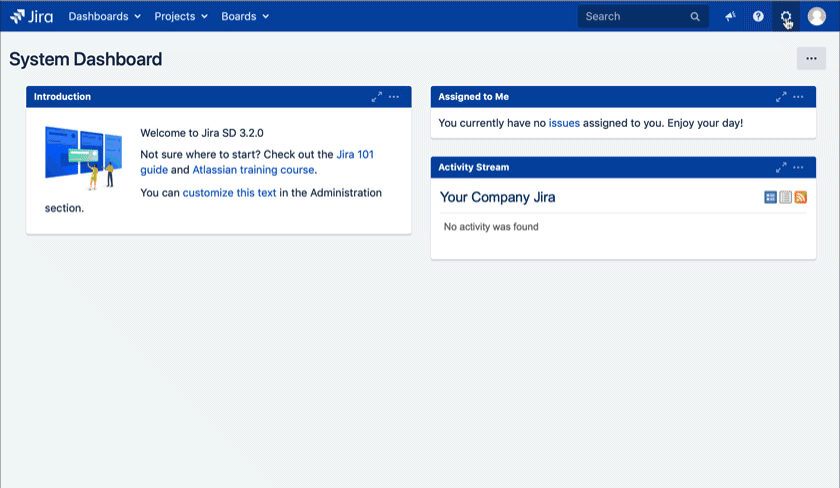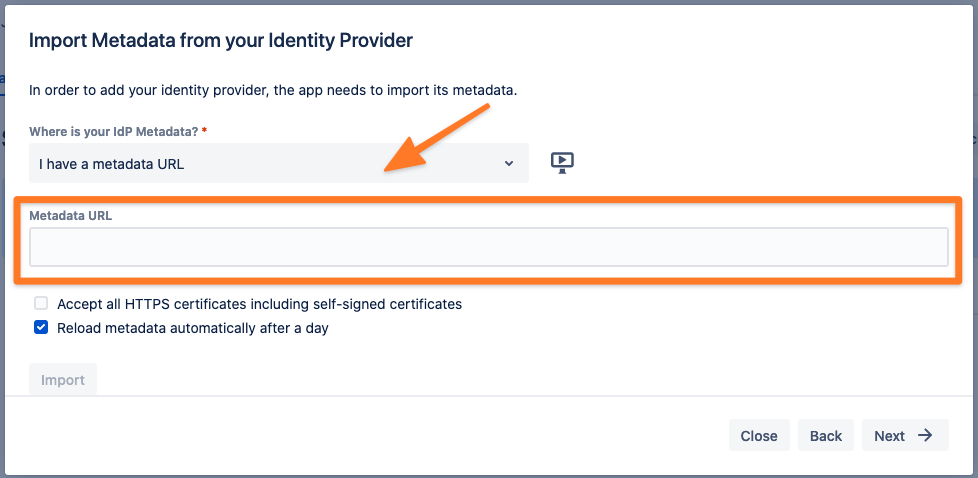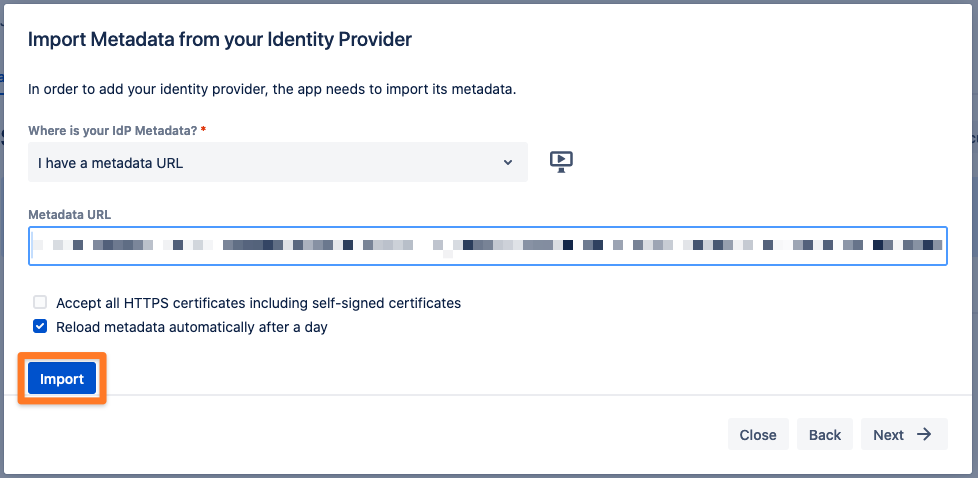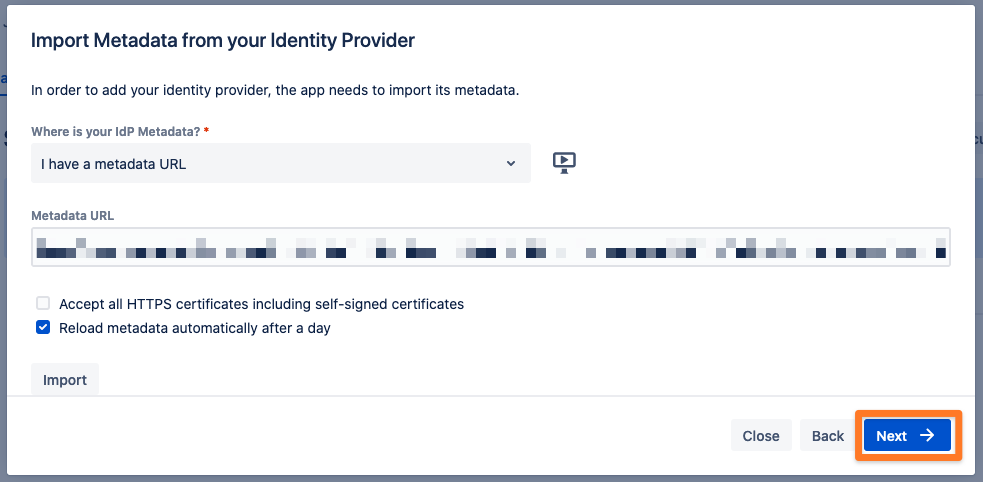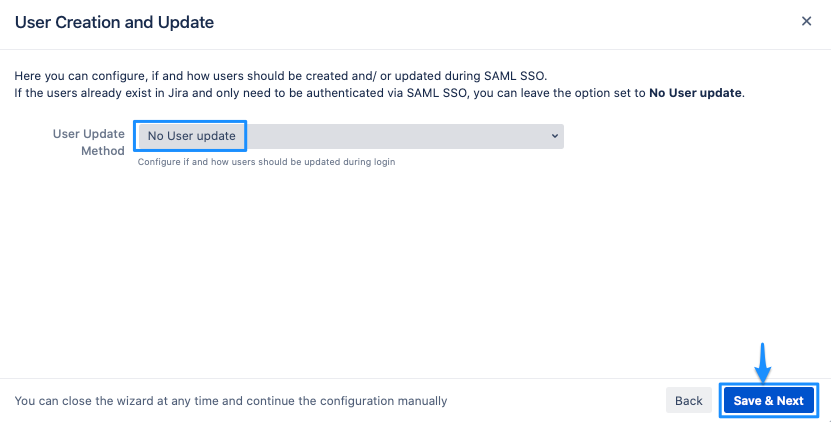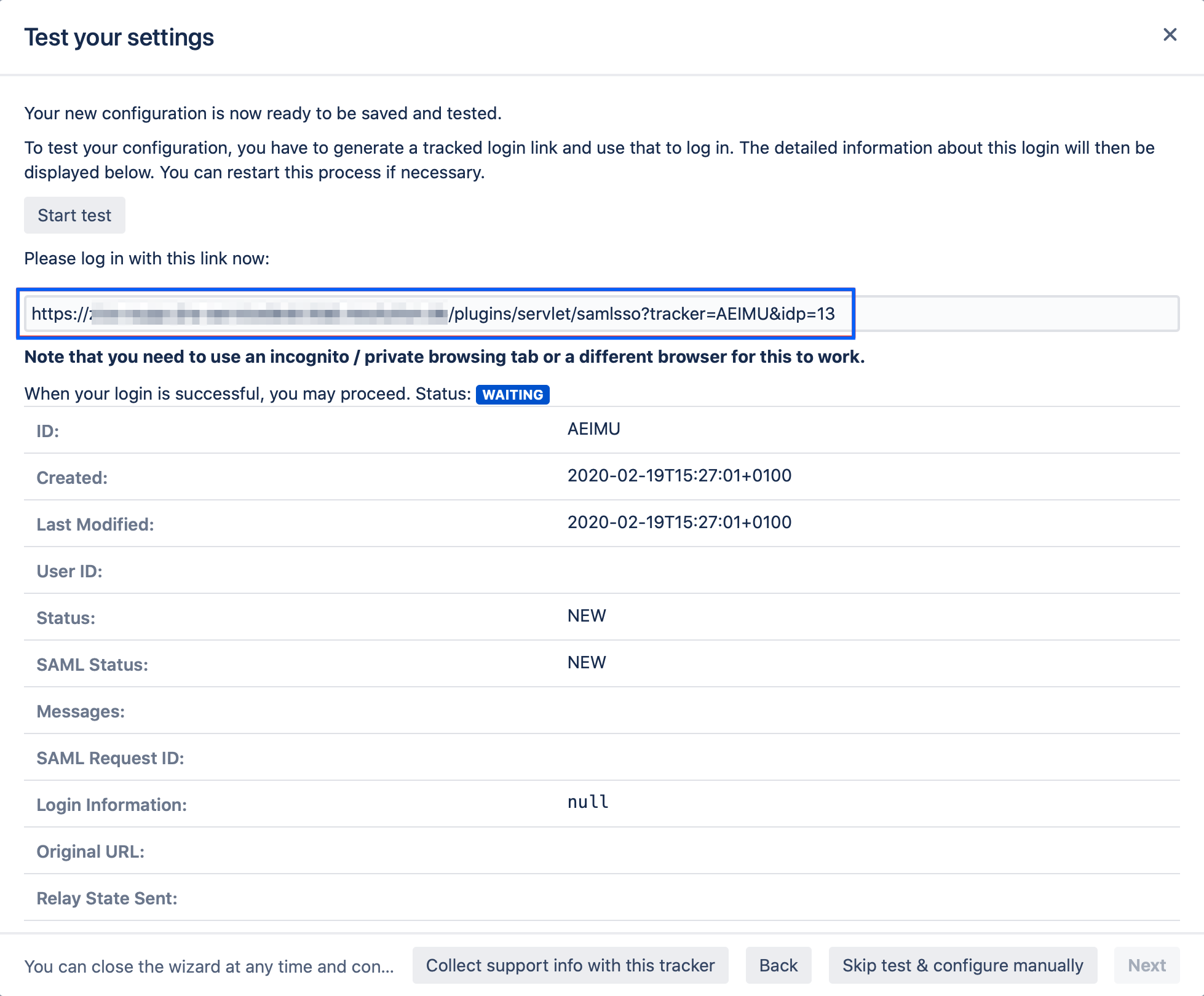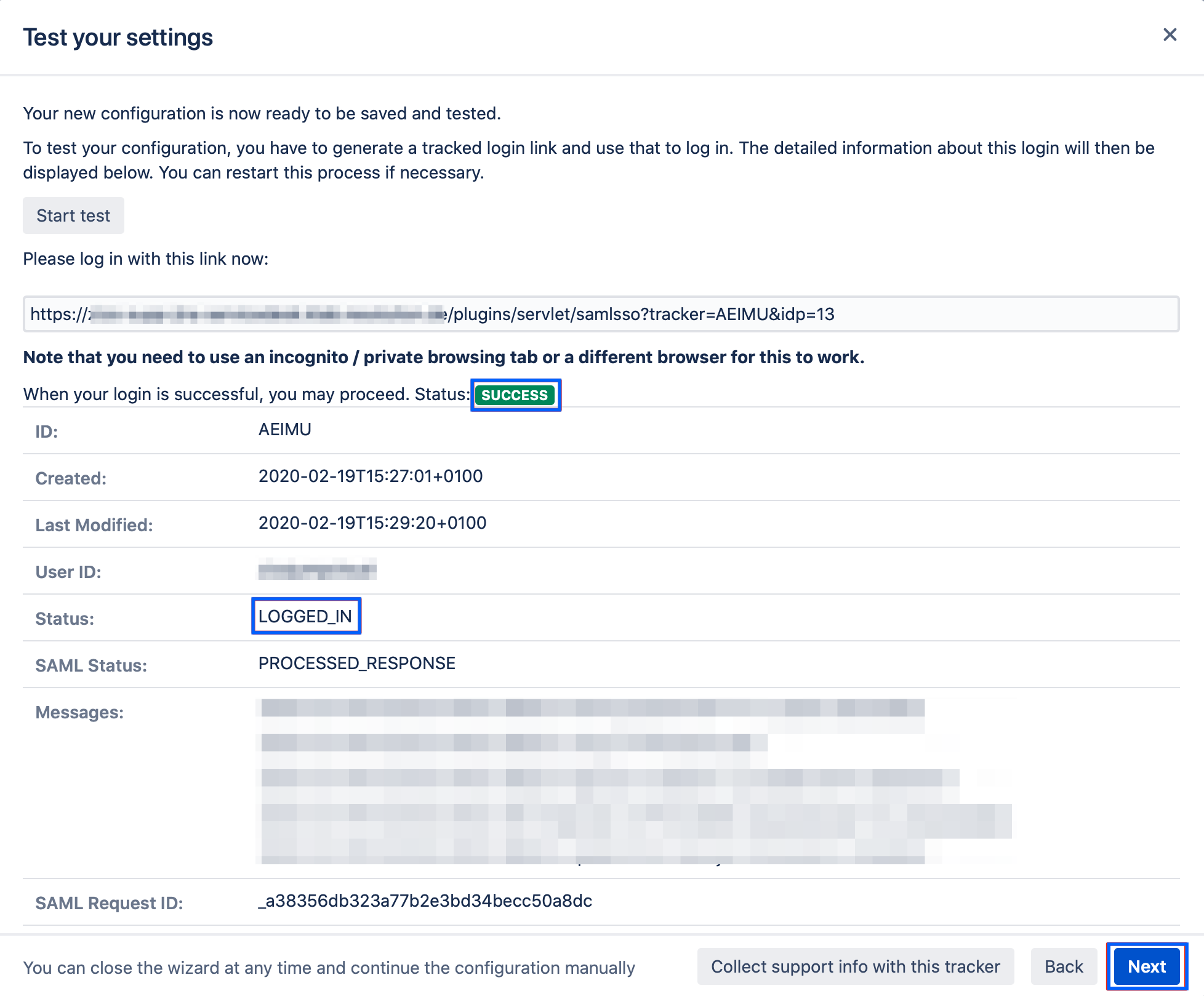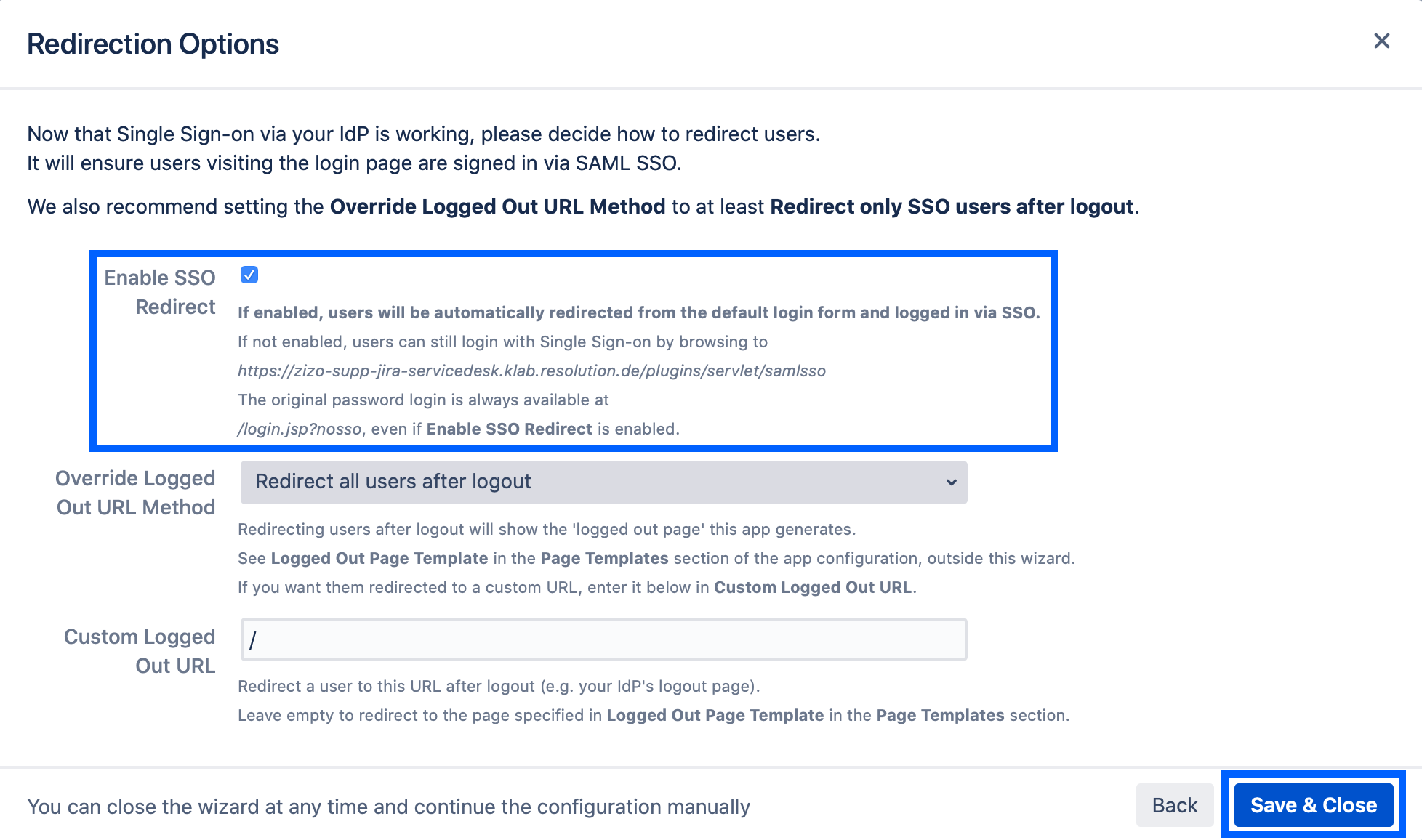Azure AD B2C with Manual Provisioning (SAML)
After completing this setup guide, you will set up Azure AD B2C with Manual Provisioning and your Atlassian product for the SAML SSO app. Additionally, you will enable the SSO redirection and test SSO.
Prerequisites
To use the SAML SSO app with Azure AD B2C, you need the following:
- An Azure AD subscription
- An Azure AD B2C Tenant (please check this Microsoft article for more information)
- A Custom Policy in Azure AD B2C (check this Microsoft article)
- A (trial) subscription for the SAML SSO app
- Admin access to your Atlassian product
- Users are already available in your Atlassian product and Azure AD B2C
Step-By-Step Setup Guide
Install the SAML SSO app
In your Atlassian product, open the in-product marketplace as described in the Atlassian documentation.
Search for "resolution saml" and click "Install" for SAML Single Sign On (SSO) by resolution Reichert Network Solutions GmbH.
After the installation is complete, click Manage Apps/Addons.
Configure SAML SSO
For the next steps, please go to Manage apps (or addons), choose SAML SSO and click Configure.
First Steps - Wizard
- After you click "Configure", the Wizard will be triggered. If not, or if you want to add another Identity Prover (IdP) to your existing configuration, click on "+ Add IdP". This guide assumes, that there is no IdP configured.
The Wizard greets you with information, click on "Add new IdP" to proceed. - For the IdP Type, choose "Azure AD". You can also choose a name. Click on "Next" to continue.
- In the next step, you will configure Azure AD B2C. Please keep this tab open or copy the information.
Configure a Custom Policy in Azure AD B2C
For Azure AD B2C, SAML only works via custom policy that you need to create yourself. You can refer to the following Microsoft document for more info about that: https://learn.microsoft.com/en-us/azure/active-directory-b2c/saml-service-provider?msclkid=45673a56c60011ec8f8f44f115d63008&tabs=macos&pivots=b2c-custom-policy
Finishing the Configuration - Wizard
Paste the App Federation Metadata Url that was obtained before from your Custom Policy in Azure AD B2C.
- Click on "Import".
- Click on "Next" to continue.
- For User update, choose No User update, and click Save & Next.
Now it is time to test your configuration.
Testing SSO
The wizard also allows testing the Single Sign On. Just follow the steps to test if the login works as expected.
- Click on "Start test" to proceed.
- Copy the blue marked link and open a new incognito/private tab or a different web browser. Then, paste the link and navigate to it.
- You will be now redirected to Azure AD's login page. Please log-in with your username and password.
If everything worked fine, you will be logged in to your Atlassian product. In the other tab/browser in which you were configuring the SAML SSO plugin, you can see also the "SUCCESS" status, if everything worked as expected.
Click Next to proceed.
SSO Redirection
As a last step, you can set the Enable SSO Redirect option. If set, all users will be redirected to Single Sign On, thus they will be logged in via the IdP.
Click on Save & Close to finish the configuration.




